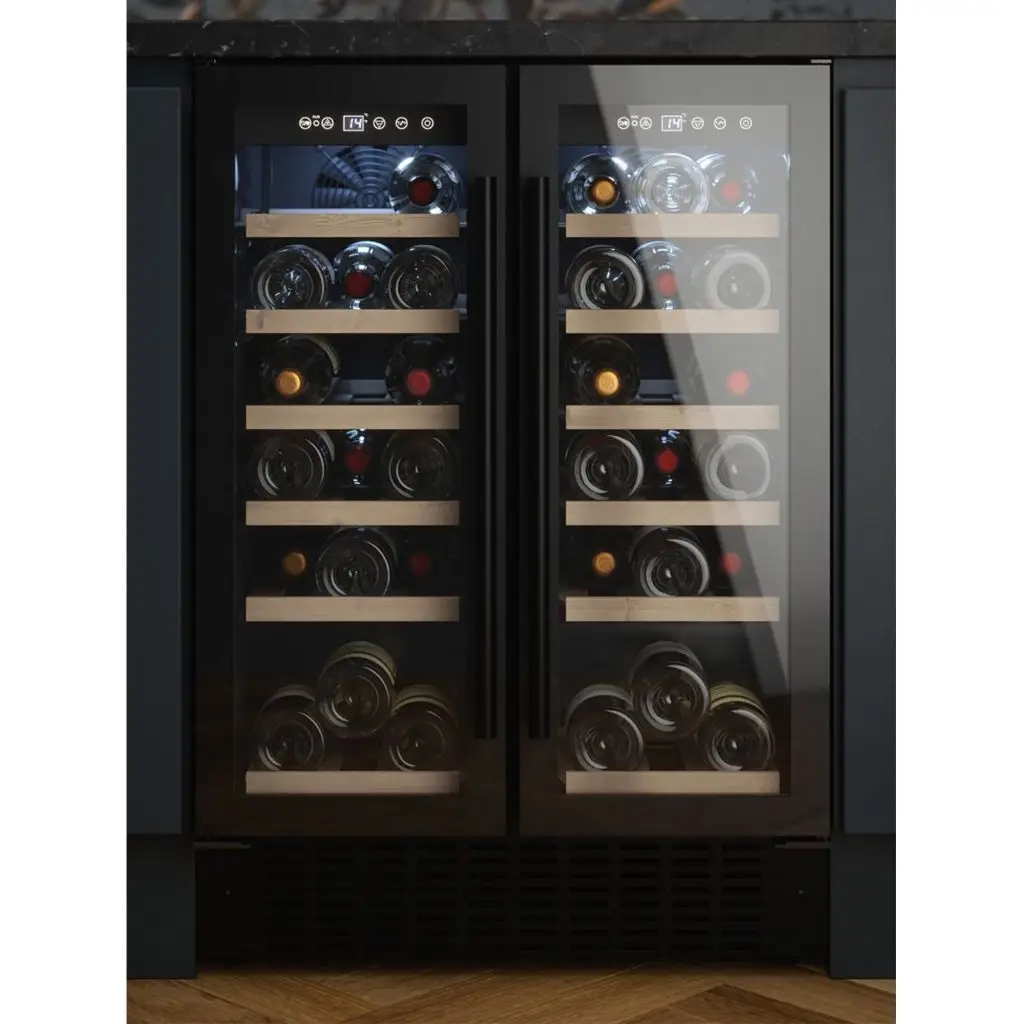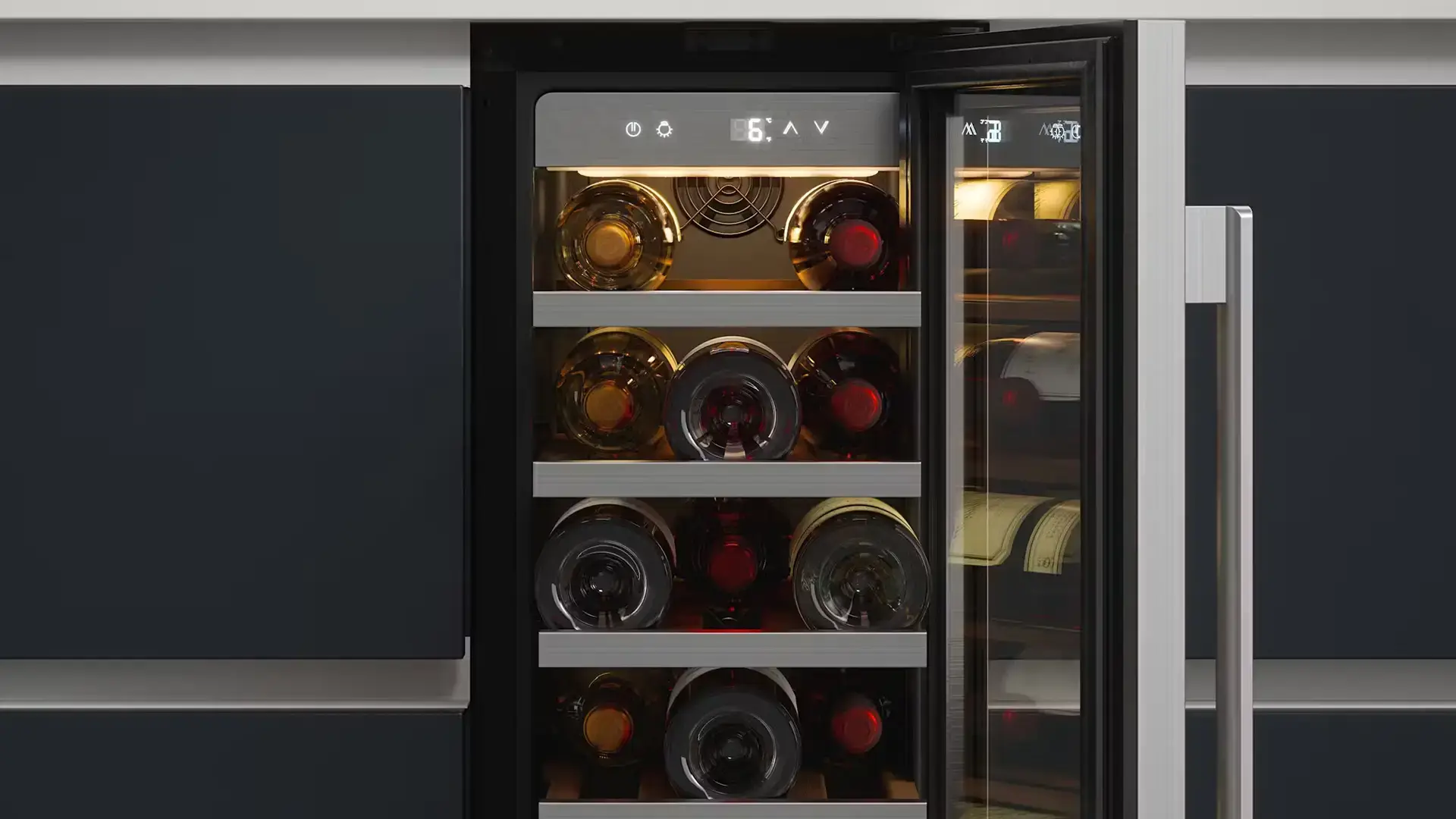
How to Set the Ideal Wine Temperature
Serving wine at the right temperature is one of the easiest ways to elevate your wine experience. Whether you’re opening a bold red or a crisp white, getting the temperature right can transform aromas, enhance flavours, and impress your guests. But with so much conflicting advice, how do you know what’s ideal for each type of wine? This complete guide breaks it down for you.
🍷 Ideal Temperature for Red Wines
Many people believe reds should be served at “room temperature”, but today’s homes are warmer than historic cellars. Here’s what you need to know:
- Full-bodied reds (Cabernet Sauvignon, Syrah, Malbec): 16–18°C
- Lighter reds (Pinot Noir, Gamay): 12–14°C
Serving reds too warm can make alcohol overpowering, while too cold can mute complexity.
🥂 Ideal Temperature for White Wines
Whites are often served ice-cold, but if too cold, their flavours become dull:
- Light, crisp whites (Sauvignon Blanc, Pinot Grigio): 7–10°C
- Fuller whites (Chardonnay, Viognier): 10–13°C
Let your white wine warm up slightly after pouring if it tastes muted.
🌸 Ideal Temperature for Rosé Wines
Rosés benefit from a balance of freshness and flavour. The sweet spot is:
8–12°C – cool enough for crispness but warm enough to reveal fruity notes.
🍾 Ideal Temperature for Sparkling Wines
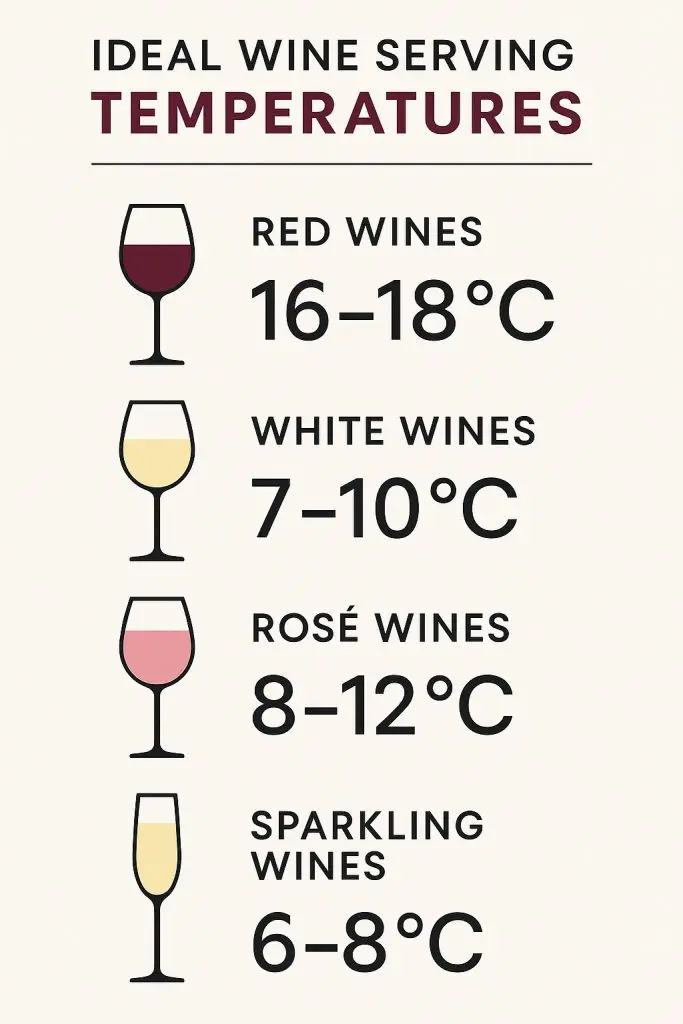
📦 Storing Wine at the Right Temperature
For long-term storage or keeping wine ready to serve, consider a dedicated wine cooler or wine fridge. Key points:
- Optimal storage temperature: 12–14°C for most wines.
- Maintain stable temperature and humidity (60–70%) to prevent corks from drying out.
- Store bottles away from light and vibrations.
FAQs About Wine Temperatures
Setting your wine to the ideal serving temperature is an easy way to elevate every sip. Whether it’s a bold red, crisp white, refreshing rosé, or bubbly sparkling wine, the right temperature unlocks a world of flavour and aroma. Experiment within the recommended ranges and enjoy wine at its best. Cheers!
- All Posts
- Cooker Hood Guides & Advice
- Dishwasher Guides & Advice
- General Appliance Guides & Advice
- Hob Guides & Advice
- Laundry Guides & Advice
- Microwave Guides & Advice
- Oven Guides & Advice
- Wine Cooler Guides & Advice
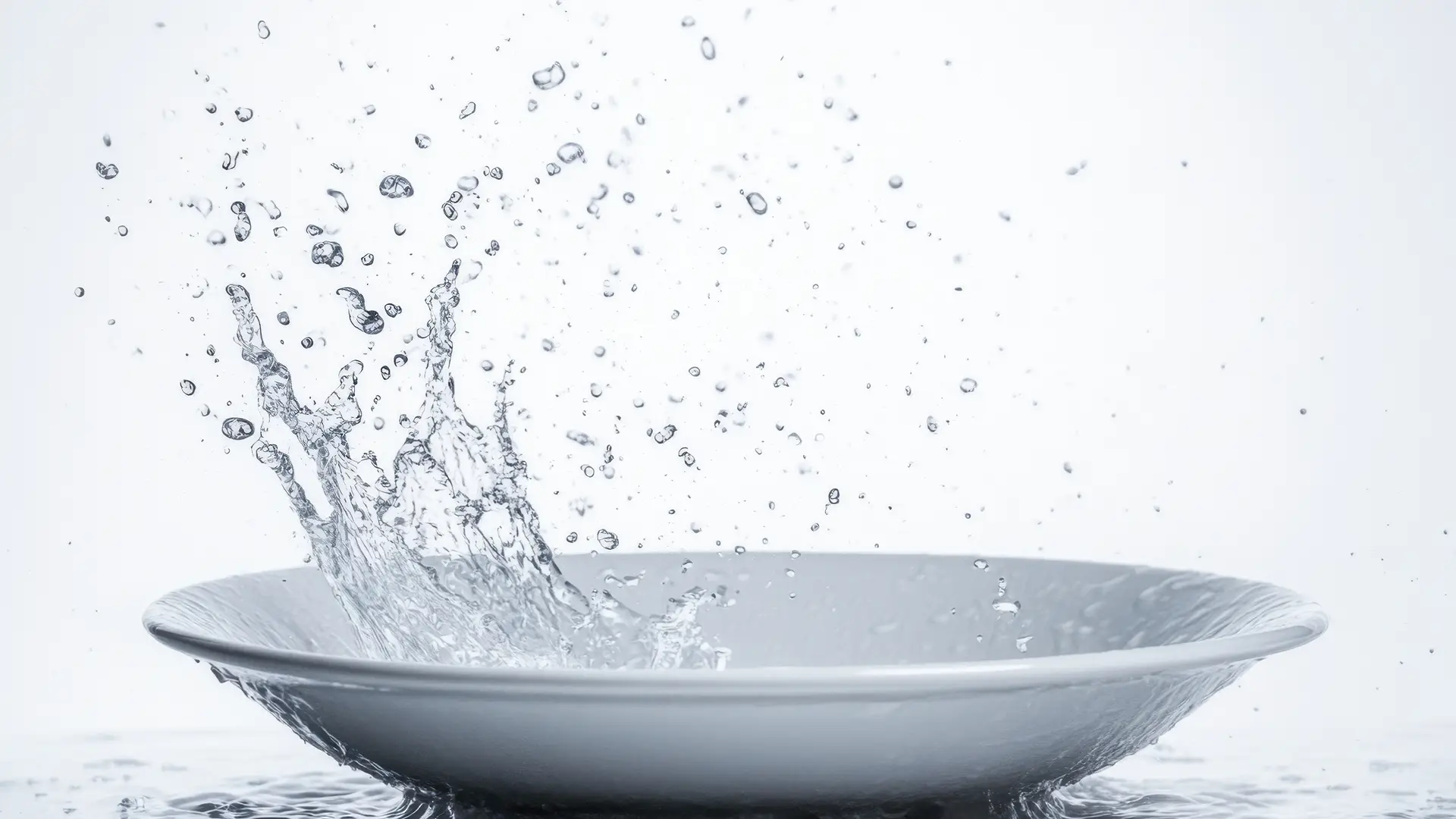
Home / Appliance Guides & Advice How Much Water Does a Dishwasher Really Use Per Cycle? Many people assume dishwashers waste...
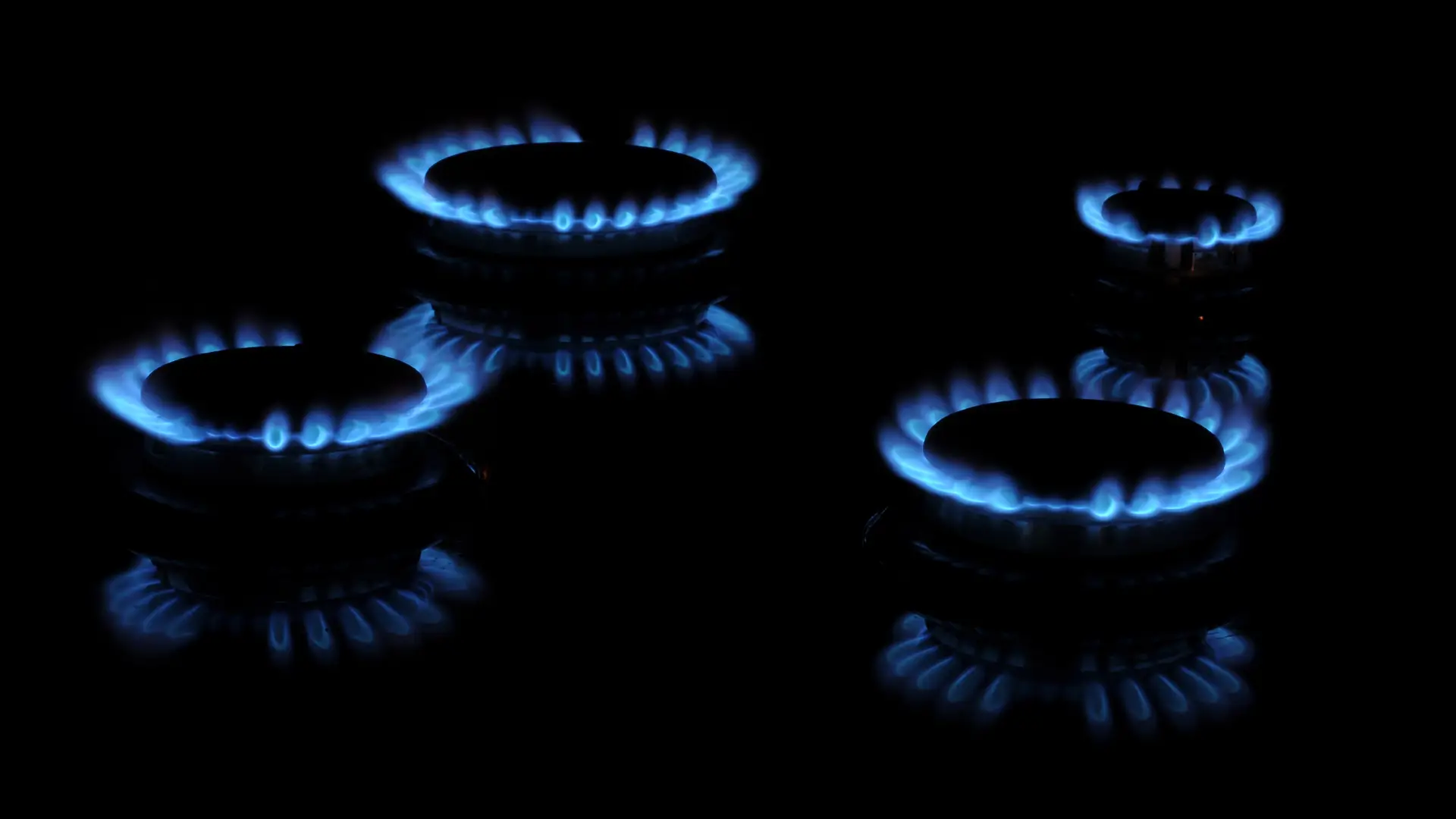
Compare induction, ceramic, and gas hobs to find your ideal match. Discover pros, cons, and costs — choose the best...
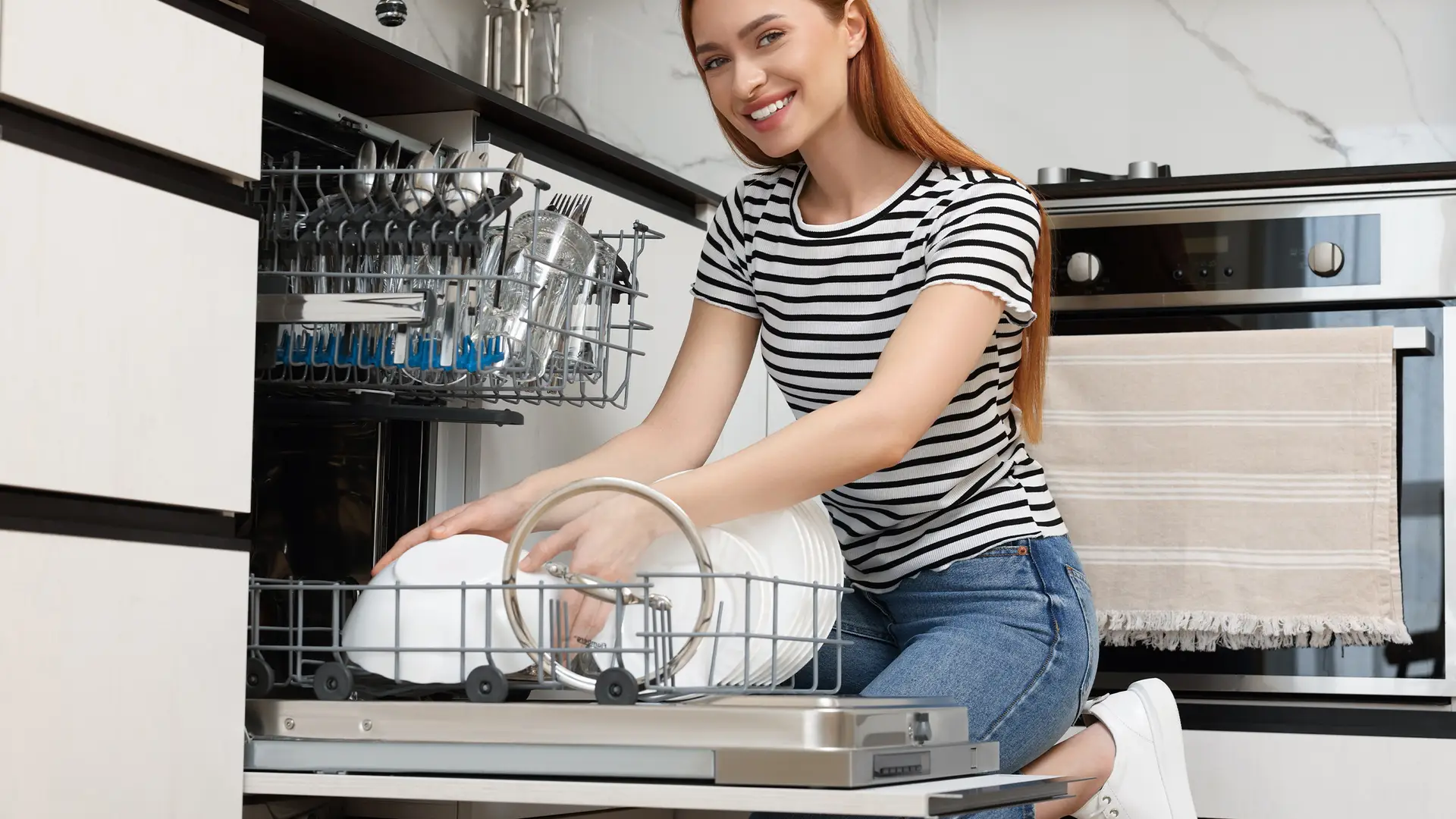
Find out if integrated dishwashers need a matching cabinet door and why. Learn how to achieve a seamless built-in look...
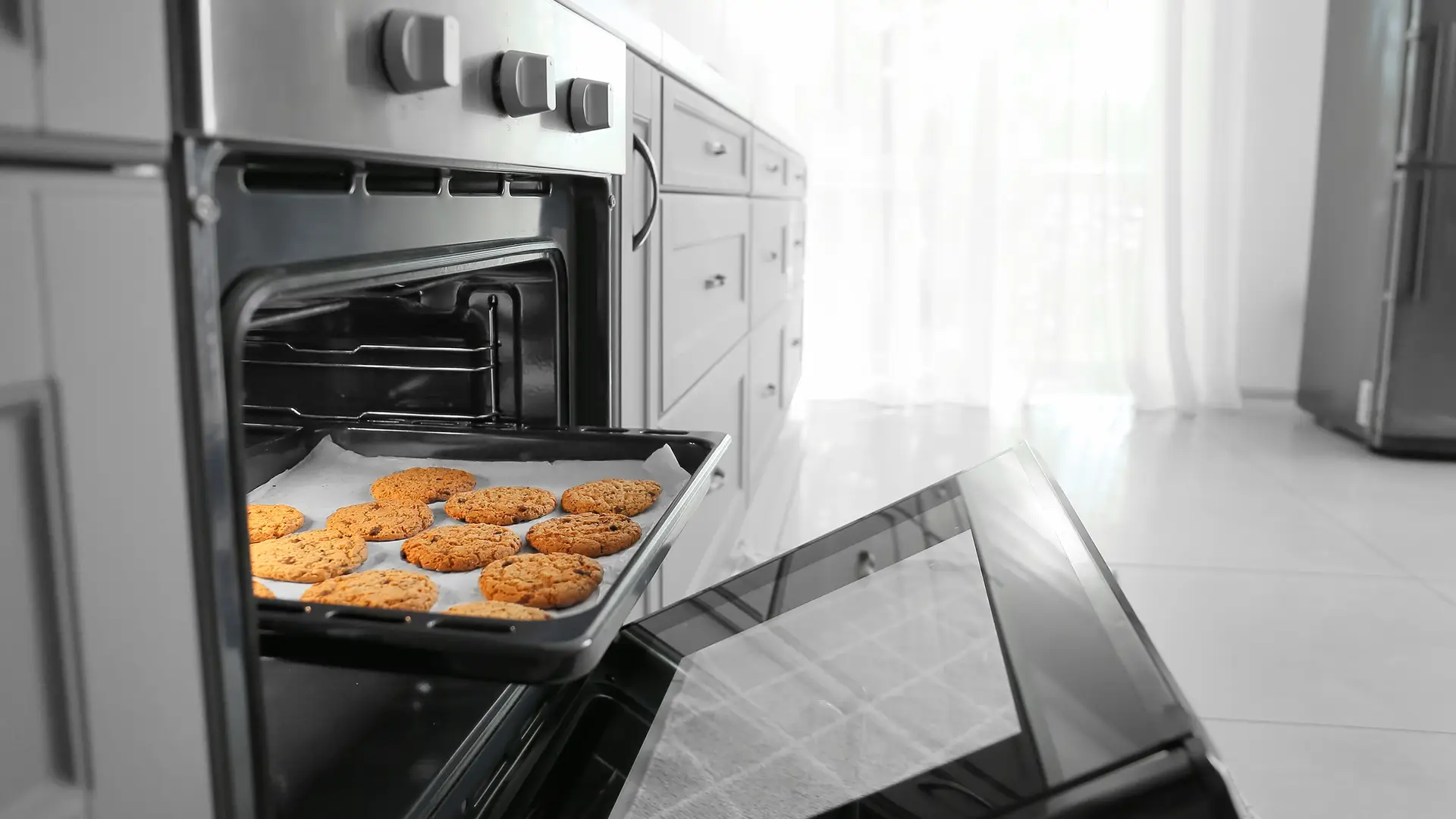
Ovens are essential in most kitchens, yet many of us don’t fully understand how they work. Whether you’re a home...

Discover the ideal temperatures for red, white, rosé & sparkling wines. Serve perfectly every time – read our quick guide...
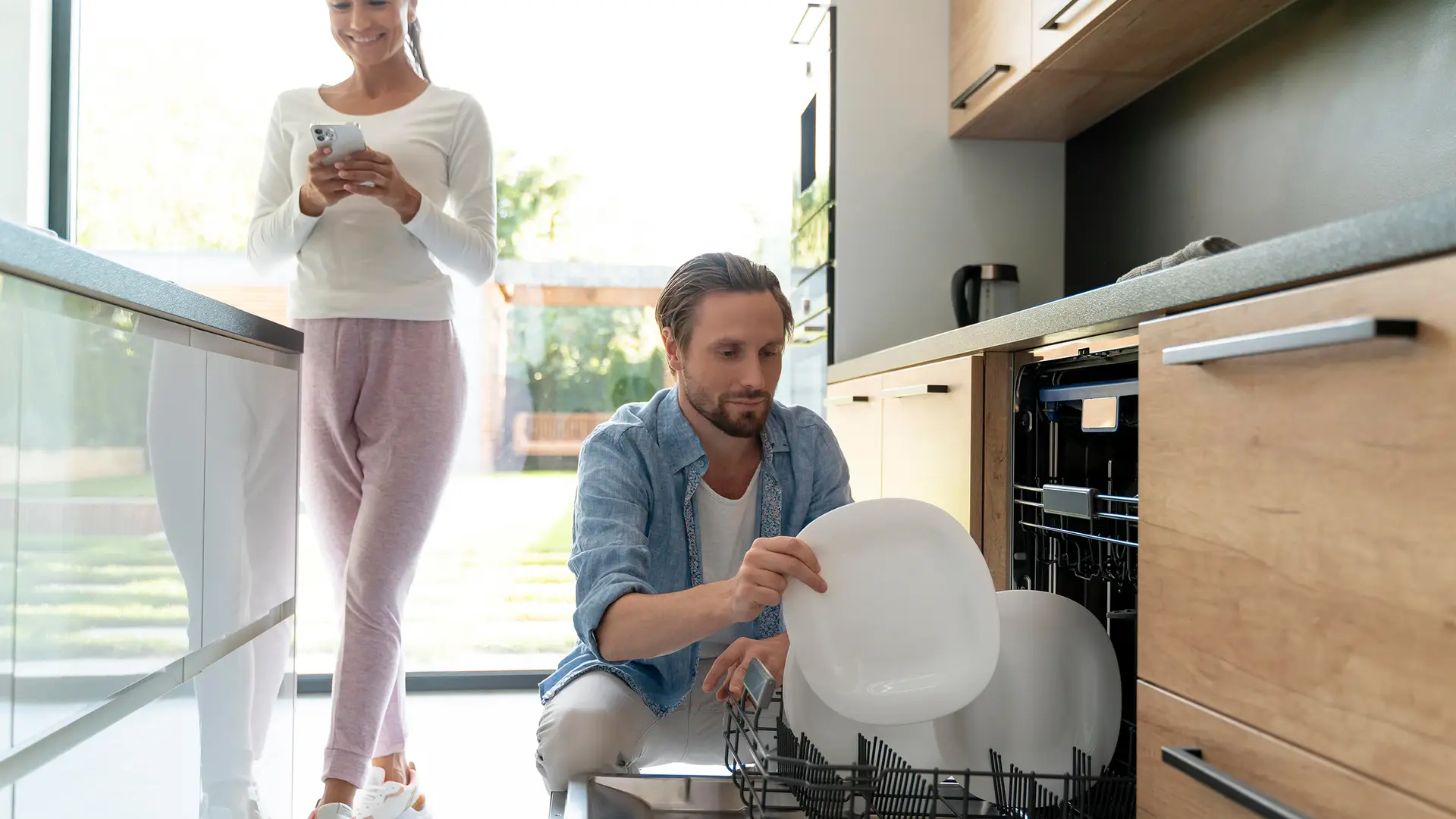
Discover the key differences between integrated and freestanding dishwashers. Compare pros, cons, and find the right fit for your kitchen...
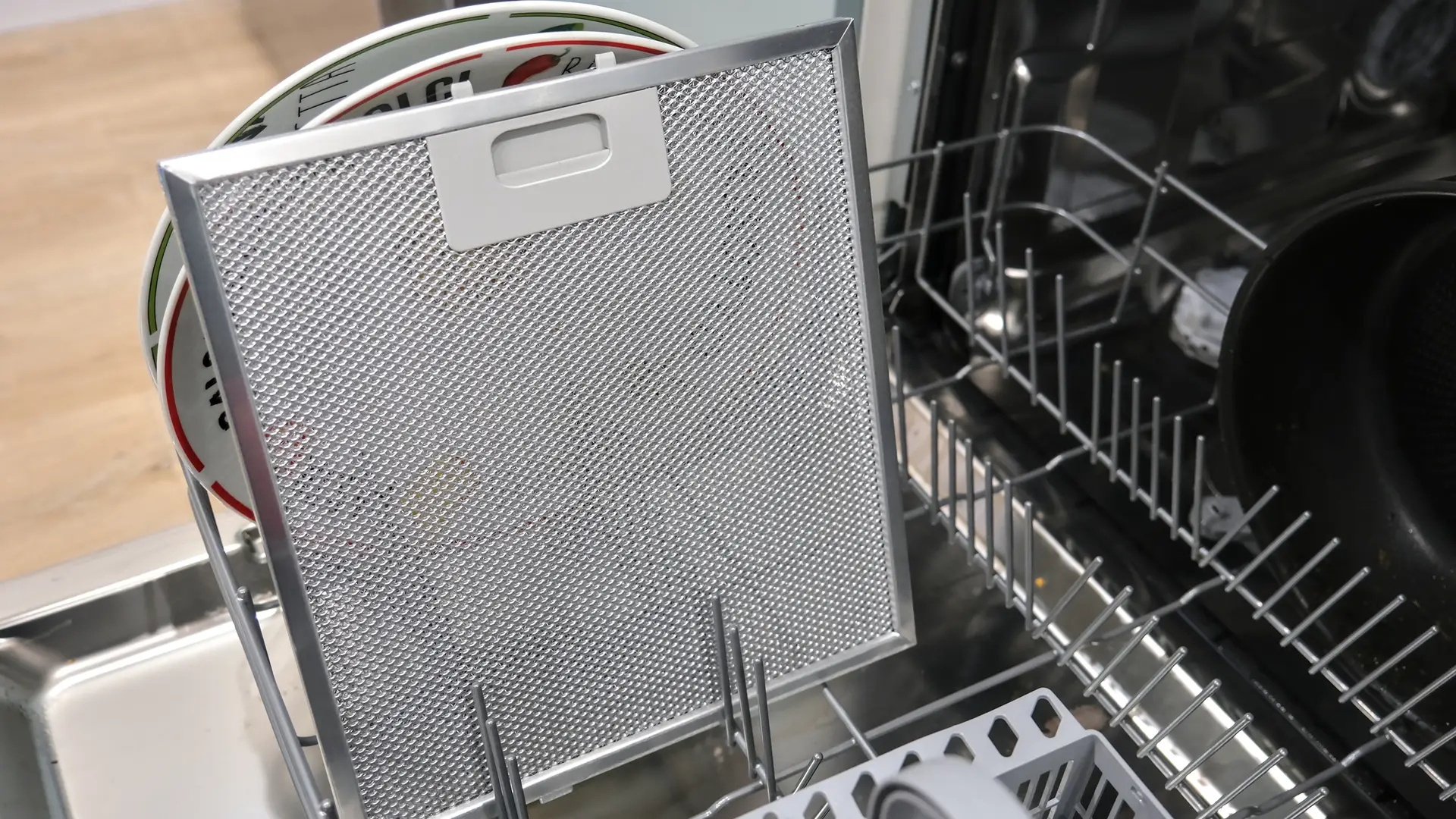
The answer depends on the type of filter you have. In this article, we’ll explain which filters are dishwasher-safe, how...
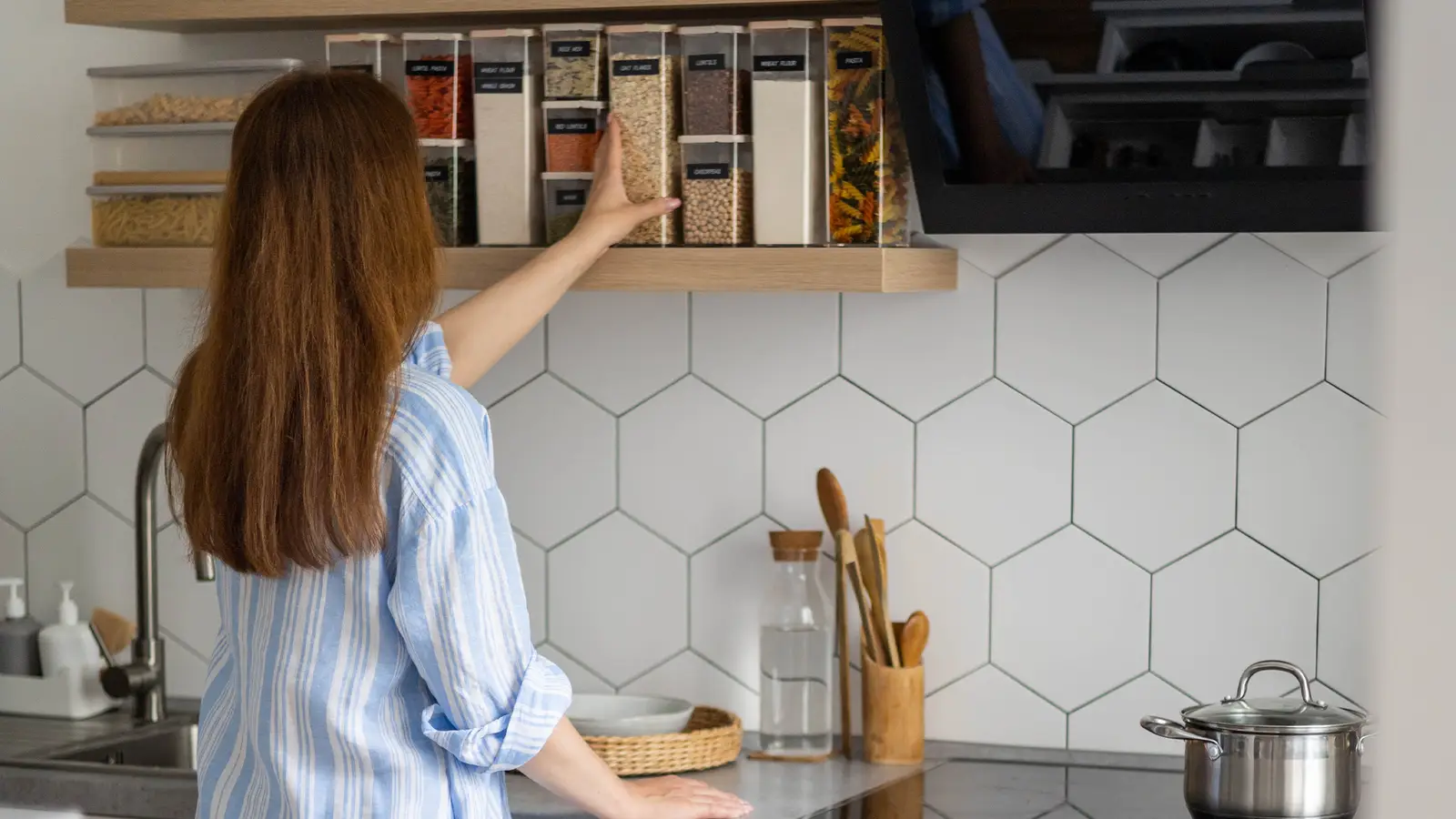
Discover smart space-saving appliance ideas for small flats and studios. Create a stylish, efficient kitchen without compromise. Read the full...
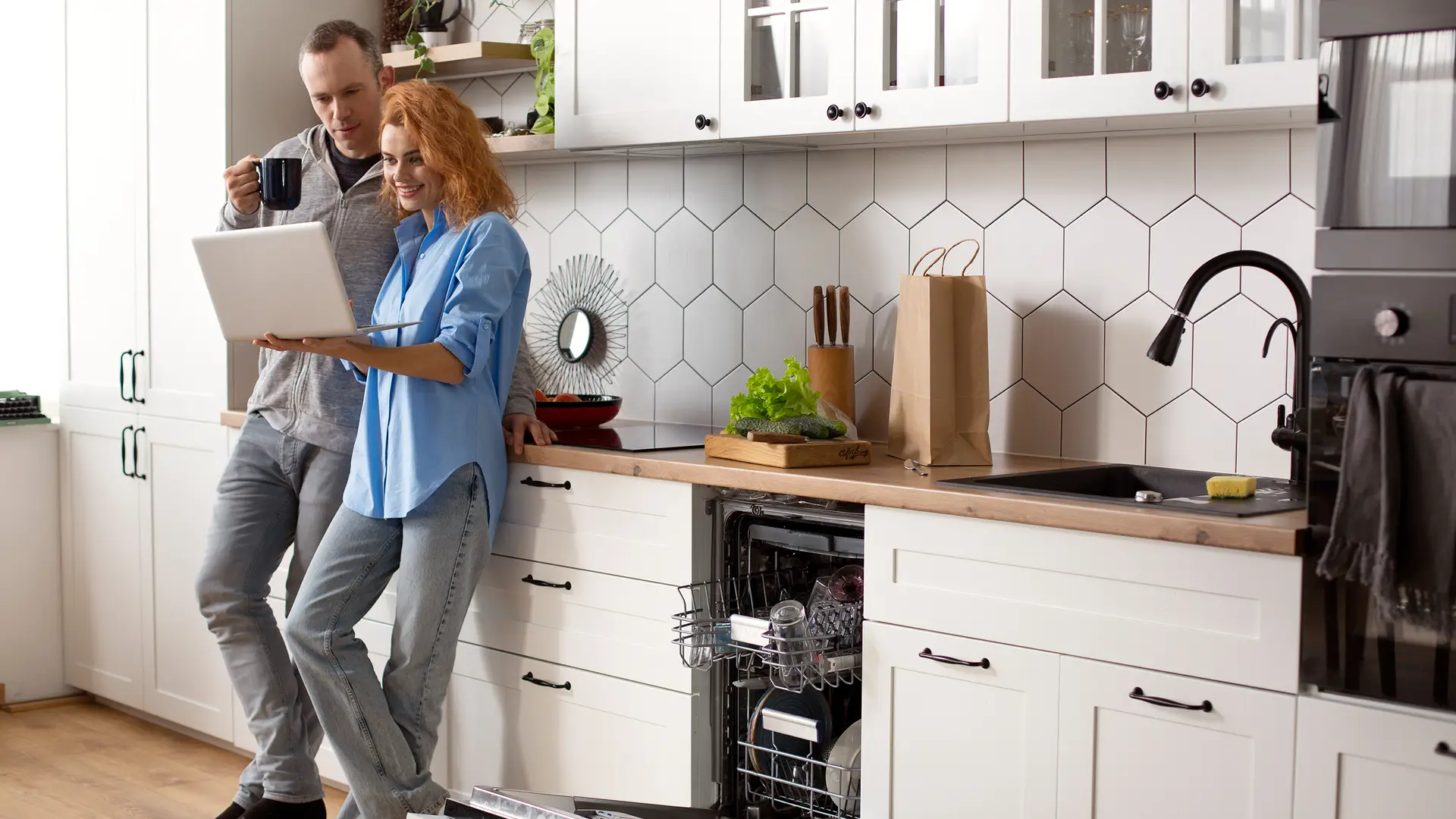
You can mix appliance brands in your kitchen. Learn how to create a stylish, cohesive look while choosing the best...
